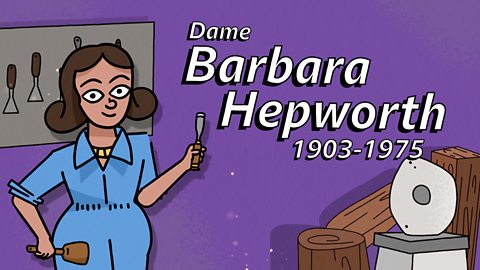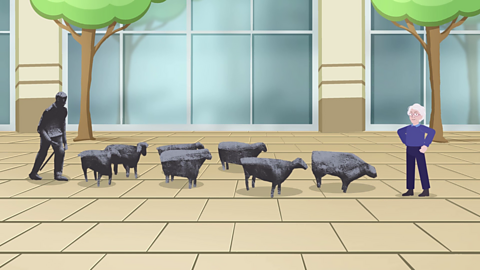
Facts about Deborah Brown
- Deborah Brown was born in Belfast in 1927
- When she was a child her family moved to the Glens of Antrim, where she discovered a love for animals and the countryside
- Deborah began as a painter, but is most famous for her sculptures and the materials she used to make them
- She died in Donegal in 2023

Sculpture
In the 1960’s Deborah made sets for the stage in the Lyric theatre in Belfast.
This was when she discovered her love for sculpture.
Deborah started to use papier mache and then fibre glass for her sculptures.
Papier mache sculptures are made from small pieces of paper that are stuck and layered together with glue, sometimes over a mould.
Fibre glass sculptures are very strong, and can be kept outside.
They are also very light, making them easy to transport.
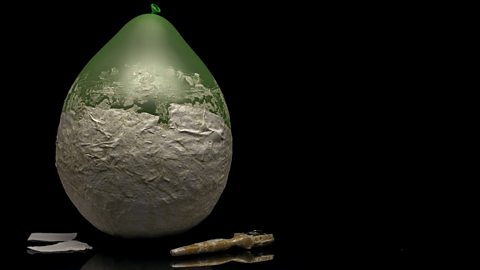
Image caption, You can try making your own papier mache sculpture using a balloon as a mould.
1 of 2
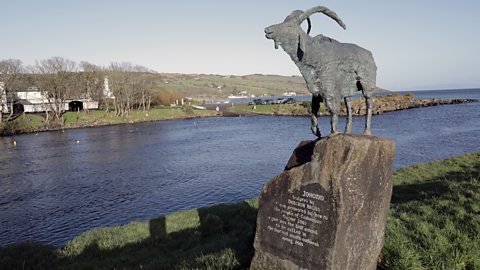
She also made sculptures using bronze
Deborah is well known for her bronze sculptures of animals and you can see some of them outside.
The first is of a goat, which now sits in Cushendun.
The sculpture sits where the goat usually sat when it was alive.
It was owned by a local vet and was called Johann the Goat.
The second piece is outside the Waterfront hall in Belfast. This piece is called Sheep on the Road.

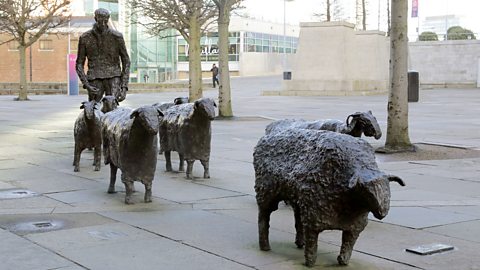
More on 3D art
Find out more by working through a topic
- count4 of 4

- count1 of 4
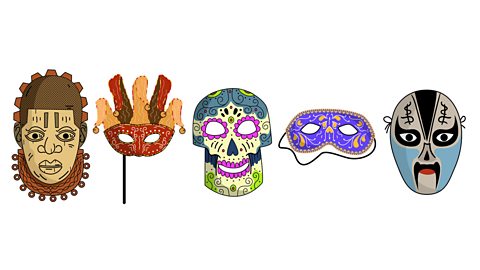
- count2 of 4
